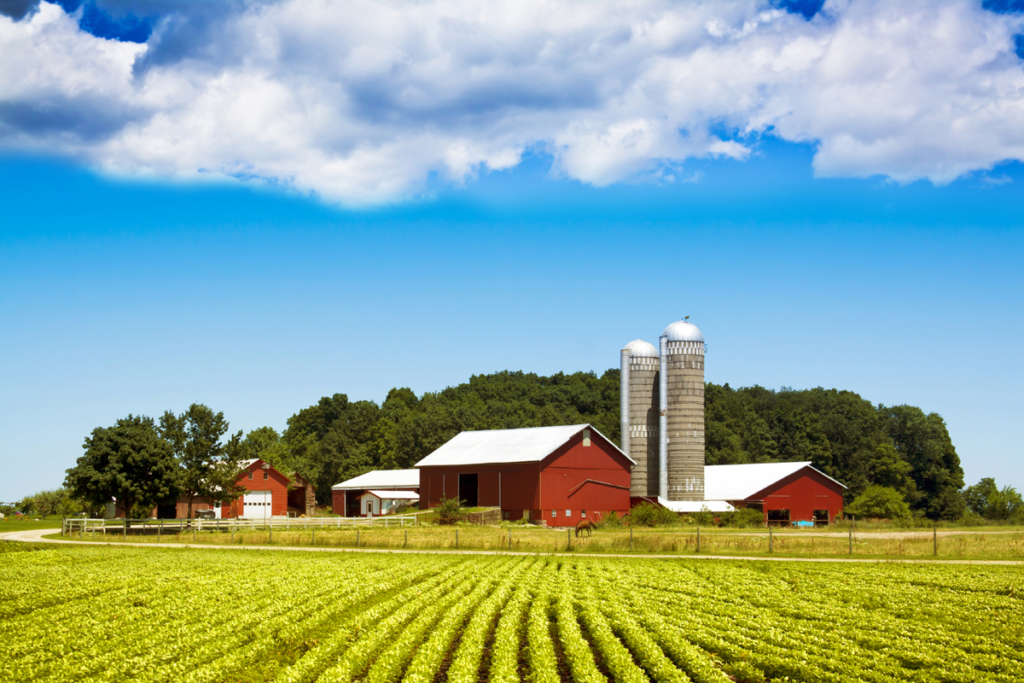The family farm has been a fixture in the United States that predates the “40 acres and a mule” offer which encouraged the settlement of so much wild space in our nation. Farms are now coming full circle to some of the everyday practices our ancestors lived out with regards to how they ran their farms. Those practices have earned the title of “sustainable” in relation to how they’re applied to modern farming.
See It in Action
One of the most helpful ways to understand sustainable farming practices is to see it all in action. For example, if you’re in Oregon, you can stop south of Ashland at Louise Gund’ s Greenspring Farm. She also incorporates sustainable forestry practices into her property’s overall environmentally positive purposefulness. One thing you’ll definitely see is the habit of including wild spaces in and among the cultivated ones. What does that do, you wonder? Wild spaces provide habits for birds and bats, both of whom feast on a steady diet of insects that would otherwise eat all the crops. Leaving that uncultivated hedgerow or dry stream-bed to go native, supports the wildlife needed to allow fewer and possibly no insecticides.
Crop Rotation
While it sounds like a simple thing, rotating crops can have a huge impact. Soybeans and corn are the two main crops in the Midwest farming belt. Rotating between just these two crops has decreased the soil’s fertility, necessitating artificial chemical fertilizers. These chemical fertilizers leach into the groundwater and make their way to streams and rivers, creating water pollution. Adding in other types of crops like alfalfa or timothy hay, sorghum and wheat restores the soil’s vitality because different plants use and replace different nutrients.
When a wider variety of harvested produce isn’t incorporated into a farm’s plans, it actually encourages insect infestations. Why? It’s because insects frequently feed on a single type of plant. Cultivating multiple types of plants cuts down on what’s available for each insect to eat, preventing insect population explosions. The same it true for weeds. Crop rotation makes it difficult for weeds to adapt to overtake plants when those plants change. Reducing weeds and insects also reduces the need for insecticides and herbicides, thereby reducing pollution.
Cover Me!
Many farms incorporate the use of cover crops. What is a cover crop, you wonder? It’s planted in the bare fields after the main crop is harvested. It’s often left alone to grow a little bit during the fall, sit idle over the winter and then either quickly harvested or plowed under in the spring so that the main crop can then be seeded. Are you confused as to why a farmer would plow under a crop? It’s simply this: the cover crop is an inexpensive way to prevent soil erosion, use up any leftover chemical fertilizers before they hit the water table, provide forage for farm animals and revitalize the soil’s natural fertility by adding organic vitamins and minerals back. The increased yield via farm animals and the main crop offset the cost of plowing under a cover crop.
While you might never be a farmer yourself, sustainable practices now used by farmers have helped salvage our environment and stabilize our food sources while increasing their profitability and productivity.

